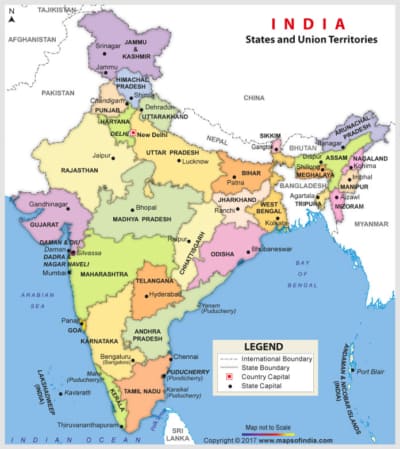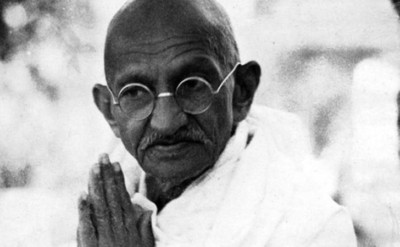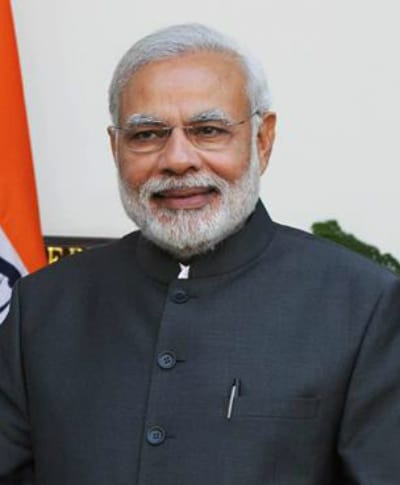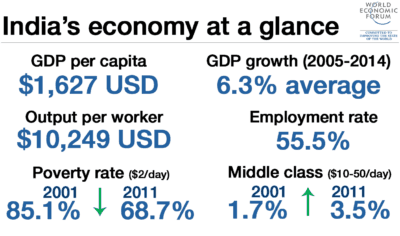The Republic of India, 2017

Population, July 2016: 1.26 billion
Total Area: 3.28 million square kilometers or slightly larger than one-third the size of the U.S.
Location: India makes up the largest portion of the South Asian subcontinent and borders 6 countries – Bangladesh, Bhutan, Burma, China, Nepal, and Pakistan
The People

Ethnic Breakdown, 2000: 72% Indo-Aryan, 25% Dravidian, 3% Mongoloid and other
Languages: Hindi is the most widely spoken language with 41% of the population speaking it. Along with Hindi, there are 14 other official languages. English is not an official language but is widely spoken in national, political, and commercial communications.
Religions, 2011: 79.8% Hindu, 14.2% Muslim, 2.3% Christian, 1.7% Sikh, 2% other
Age Structure: Approximately 86% of the population is under the age of 55; median age is 27.6
Life Expectancy: 68.5 years
Birth Rate, 2016: 19.3/1000
Infant Mortality: 40.5/1000; U.S. is 5.2/1000
The Government

Government: Federal parliamentary republic; largest democracy in the world
Capital City: New Delhi
President: Pranab Mukherjee (elected July 22, 2012)
Prime Minister: Narendra Modi (elected May 26, 2014)
Next parliamentary elections will be held in May 2019.
Key Dates:
1857 – First War of Indian Independence
1947 – Independence from Great Britain and partition of India and Pakistan
1971 – East Pakistan becomes Bangladesh
1990s – Economic reforms opening the country to foreign direct investment and aid
The Economy

Services: 45.4%, Industry: 29.8%, Agriculture 16.5%
Biggest Industries: textiles, chemicals, food processing, steel, transportation equipment, cement, mining, petroleum, machinery, software, and pharmaceuticals
Currency: Indian rupees (INR). Exchange rate, July 7, 2017: 64.57 INR = US $1
GDP (purchasing power parity): $8.721 trillion (2016 est.)
GDP Real Growth Rate: 7.6% (2016 est.), 6th in the world
Sources
CIA World Factbook, 2016; UNICEF State of the World’s Children, 2016; World Economic Forum